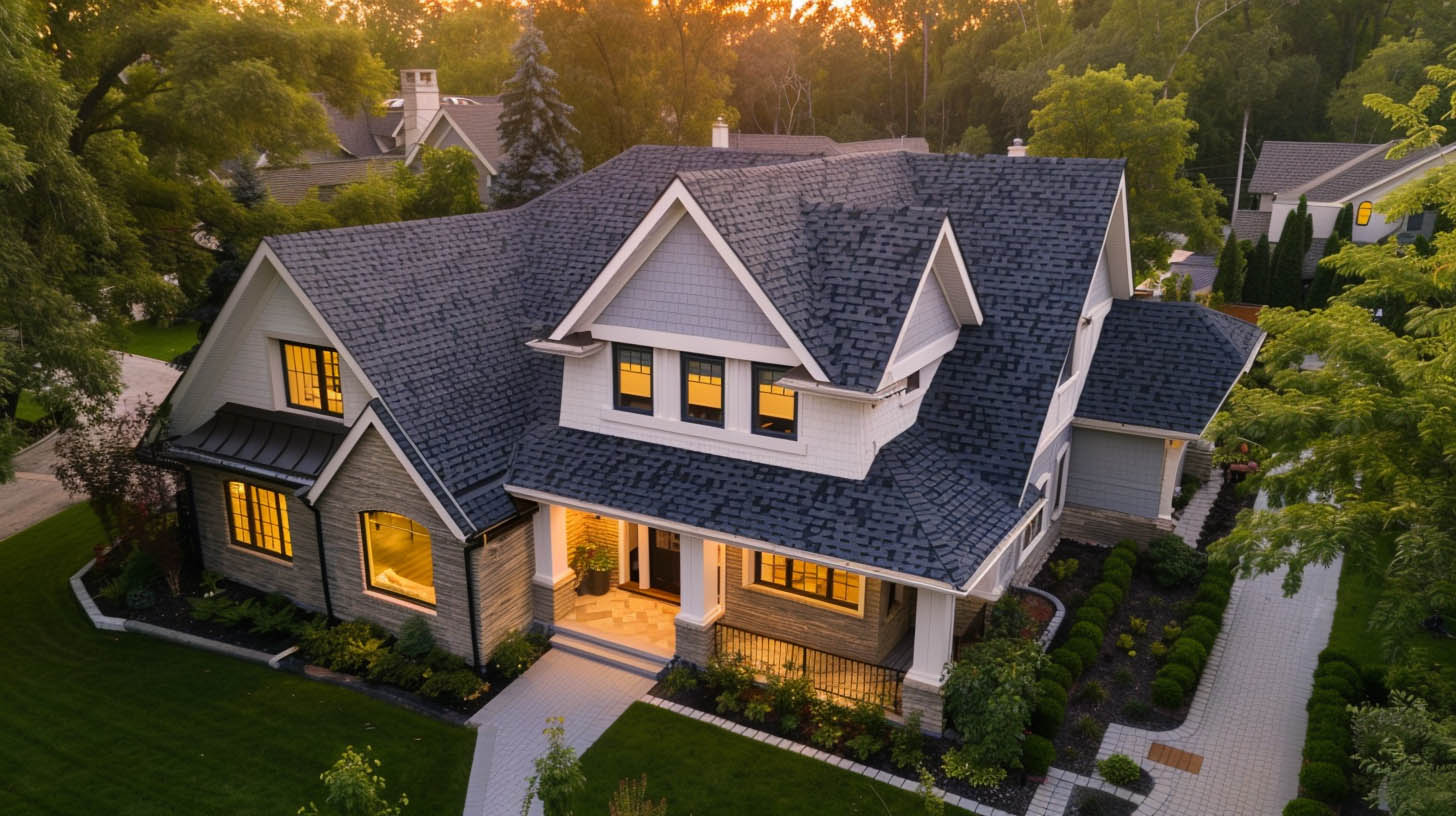
Mastering Roof Pitch: The Key to Optimal Roof Design and Functionality
Roof pitch, an essential aspect of architectural design, significantly influences both the aesthetic appeal and functional performance of a building. Understanding roof pitch is not only crucial for architects and builders but also for homeowners seeking to maintain, renovate, or construct their homes. This comprehensive guide delves into the nuances of roof pitch, offering insights into its calculation, varied types, and the pivotal role it plays in determining the suitable roofing materials, lifespan, and maintenance strategies for your roof.
What is Roof Pitch?
Roof pitch is a critical measure indicating the steepness or incline of a roof, calculated as the vertical rise over a 12-inch horizontal span. This metric is instrumental in defining the roof’s architectural style, facilitating water drainage, and identifying the appropriate roofing materials. A deeper understanding of your roof’s pitch aids in making informed decisions regarding maintenance, repairs, and when contemplating a roofing replacement.
Types of Roof Pitches and Their Implications
Flat Roof Pitch
Contrary to popular belief, a flat roof is slightly inclined, ranging from 0 to 2 inches over a 12-inch run, to ensure water drainage. While more prevalent in arid regions and on large commercial buildings, advancements in water-resistant materials have broadened their application. However, flat roofs demand meticulous material selection and sealing to prevent water ingress.
Low Slope Roof Pitch
Characterized by a 2 to 4-inch rise over a 12-inch run, low slope roofs are favored for their modern aesthetic and are commonly found on industrial structures and contemporary residences. Like flat roofs, they require water-resistant materials and precise sealing to enhance drainage and prevent leakage.
Steep Slope Roof Pitch
A steep slope roof, ascending more than 4 inches per 12-inch run, is the quintessential choice for residential buildings. Its pronounced slope not only elevates the home’s visual appeal but also offers a wider array of material choices and superior drainage capabilities, making it an optimal choice for regions experiencing heavy rainfall or snow.
Roof Framing: A Structural Perspective
The framing of your roof, determined partly by its pitch, lays the groundwork for the selection of roofing materials and maintenance requirements. Roof framing primarily comes in two styles:
- Single Pitched Roof: Sloping in one direction, this design is celebrated for its simplicity and efficiency, gaining traction in modern architectural trends.
- Double Pitched Roof: Featuring slopes in two directions that converge at a ridge, this traditional form is synonymous with residential architecture, offering both aesthetic diversity and functional benefits.
The Truss Roof Revolution
The shift towards truss roof construction marks a significant evolution in roof framing. Prefabricated off-site, truss roofs offer an economical and time-efficient alternative to traditional rafter-based systems, though they may limit modification flexibility.
The Advantages of Pitched Roofs
Opting for a pitched roof brings forth numerous advantages, including:
- Reduced Maintenance: The natural slope facilitates effective drainage, diminishing the frequency and extent of required maintenance.
- Climate Compatibility: Particularly beneficial in regions with substantial precipitation, the pitched roof’s design ensures swift water runoff, safeguarding against moisture-related damages.
- Enhanced Insulation: Pitched roofs contribute to more stable indoor temperatures, offering a bulwark against the extremes of heat and cold.
- Durability: With proper care, pitched roofs boast an extended lifespan, minimizing the need for frequent overhauls.
- Space Utilization: The under-roof area in pitched roofs can be transformed into attic storage or additional living spaces, offering functional flexibility.
At Melo Roofing Inc., located in the heart of Syracuse, NY, our expertise spans the full spectrum of roofing solutions. Embodying the spirit of a veteran-owned, family-operated entity, we address your roofing concerns with unparalleled dedication, ensuring each project benefits from our distinctive blend of professional rigor and personal touch.
Conclusion
Grasping the concept of roof pitch is fundamental for anyone involved in building, maintaining, or renovating a structure. It influences a multitude of factors from design aesthetics to functional efficiency, material selection, and long-term maintenance. By carefully considering the type of roof pitch and its implications on your property, you can ensure that your roofing system not only complements the architectural style of your home but also stands up to environmental demands, thereby securing your investment for years to come. With Melo Roofing Inc. by your side, navigate the complexities of roof pitch with confidence and expertise, guaranteeing your home remains both beautiful and resilient.




